5 Exercise Habits That Are Destroying Your Joints After 50
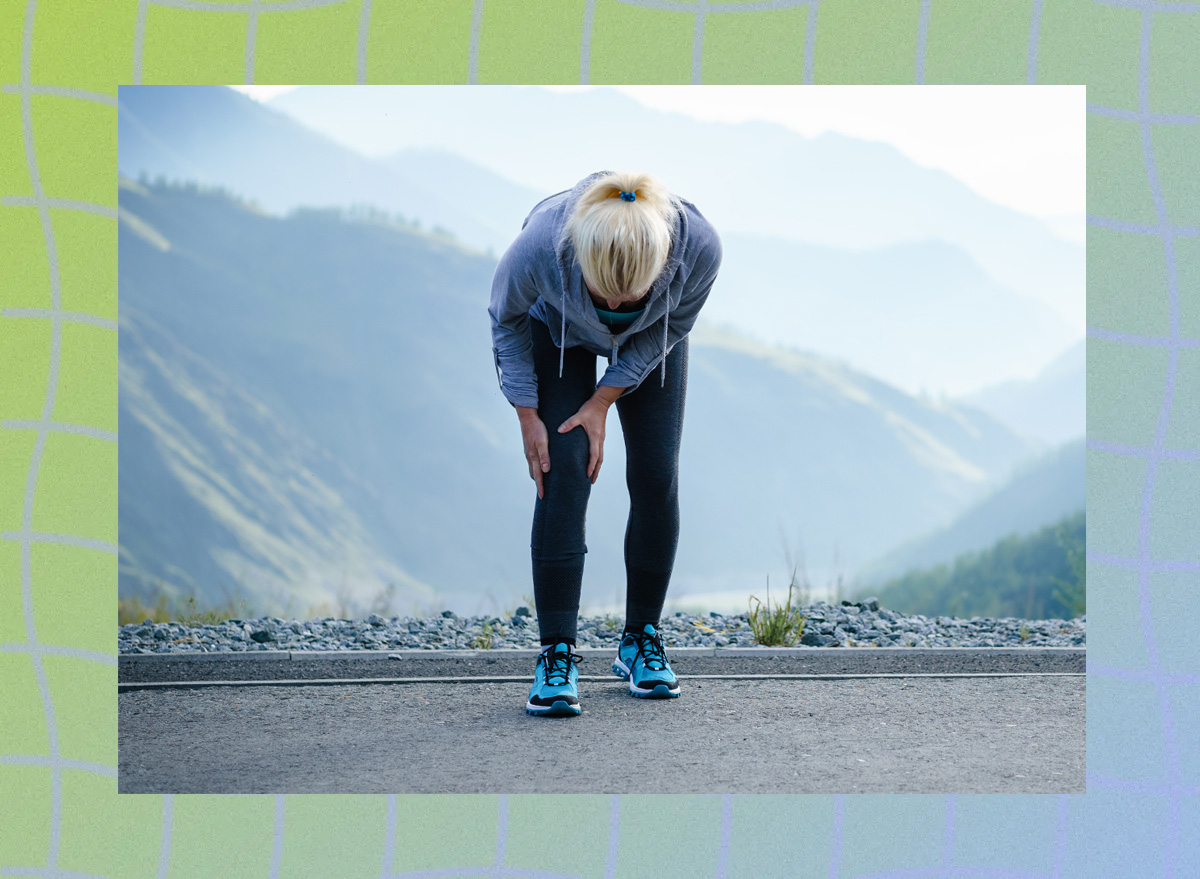
Staying active is one of the best things you can do for your health after 50, but if you're not careful, certain exercise habits can do more harm than good, especially when it comes to your joints. As we age, cartilage naturally wears down, and joints become more susceptible to inflammation, stiffness, and pain. High-impact movements, poor form, and skipping essential recovery steps can accelerate this process, leading to chronic joint issues and even injuries that make it harder to stay active in the long run.
Many people believe that joint pain is just a normal part of getting older, but the reality is that the wrong exercise approach can make the problem much worse. Years of poor movement patterns, overtraining, or ignoring joint health can lead to long-term damage that limits mobility and increases discomfort. The key to preserving your joints isn't avoiding exercise altogether, it's learning how to move smarter and make adjustments that protect your body while still building strength and endurance.
The good news? You don't have to give up your favorite workouts to keep your joints healthy. By identifying and correcting bad habits, you can continue exercising pain-free while reducing your risk of injuries. Below are five common exercise mistakes that could be destroying your joints after 50, along with smarter alternatives to keep you strong, mobile, and pain-free.
Doing Too Much High-Impact Cardio
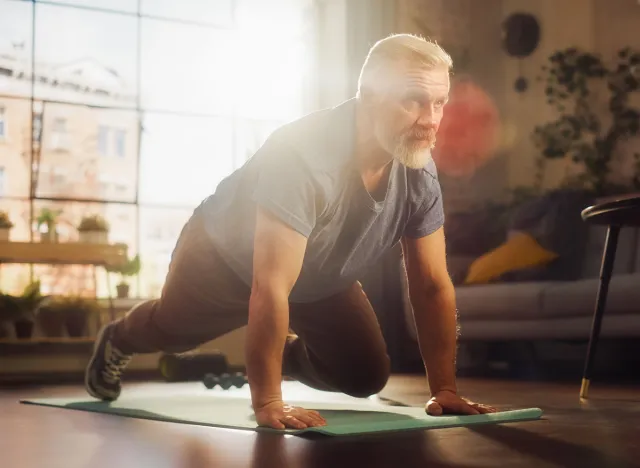
While running, jumping, and plyometrics can be great for cardiovascular health, excessive high-impact exercise can take a serious toll on aging joints. Over time, the repeated pounding from activities like running on pavement or jumping exercises can wear down cartilage, leading to pain and stiffness in the knees, hips, and ankles.
What to Do Instead:
- Swap high-impact activities for low-impact alternatives like cycling, swimming, rowing, or elliptical training.
- If you enjoy running, try interval walking. Alternate between brisk walking and short running segments to reduce joint stress.
- Focus on proper footwear with ample cushioning to absorb shock and protect your joints.
Lifting With Poor Form

Strength training is essential for maintaining muscle mass and joint stability, but lifting with improper form can put excessive stress on your joints, leading to inflammation and injury. Common mistakes include locking out your knees and elbows, rounding your back, or using momentum instead of controlled movements.
What to Do Instead:
- Prioritize proper form over heavy weights. Use slow, controlled movements and maintain good posture.
- Engage your core and stabilizing muscles to support your joints during lifts.
- If you're unsure about your technique, work with a trainer to refine your form and prevent unnecessary strain.
Skipping Warm-Ups and Mobility Work
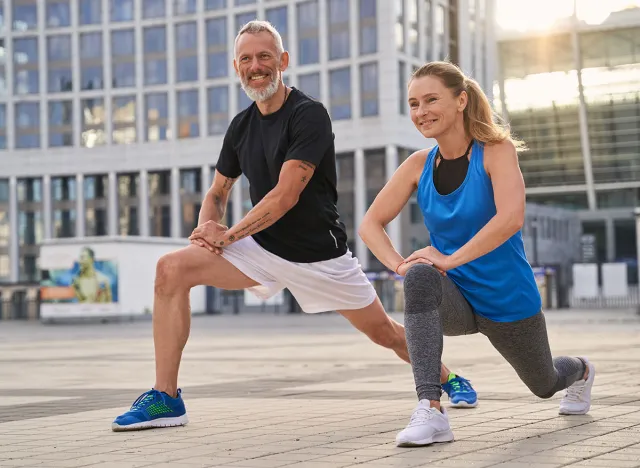
Going straight into intense exercise without a proper warm-up is one of the fastest ways to stiffen and damage your joints. Cold muscles and joints are less flexible, increasing the risk of strains, sprains, and long-term wear and tear.
What to Do Instead:
- Always start with 5–10 minutes of dynamic stretching or light movement to prepare your joints and muscles.
- Incorporate mobility exercises like arm circles, hip openers, and leg swings to maintain flexibility and joint health.
- After workouts, do gentle stretching to keep your muscles loose and prevent tightness that can strain joints.
Overloading Your Joints With Too Much Weight
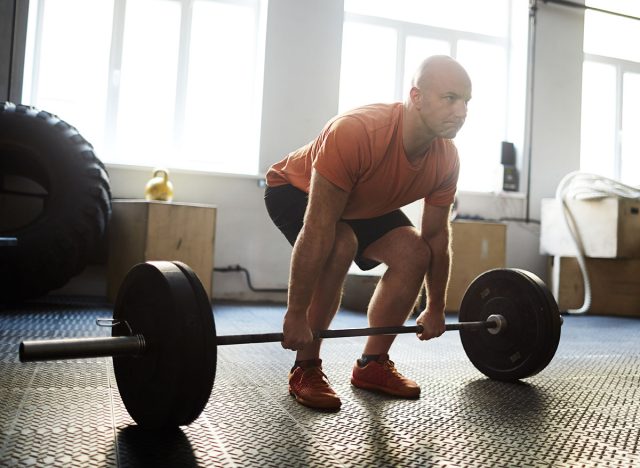
Lifting heavy can be great for building muscle, but overloading your joints with too much weight, especially in exercises like squats, leg presses, and overhead presses, can accelerate joint degeneration. Excess weight places extreme stress on your knees, shoulders, and lower back, increasing the risk of wear and tear.
What to Do Instead:
- Use moderate weights with higher reps to reduce joint strain while still challenging your muscles.
- Choose joint-friendly variations like goblet squats instead of barbell back squats or dumbbell presses instead of barbell overhead presses.
- Focus on time under tension rather than maximum load, as slower reps with good form are more effective and safer for your joints.
Ignoring Joint Pain and Overtraining
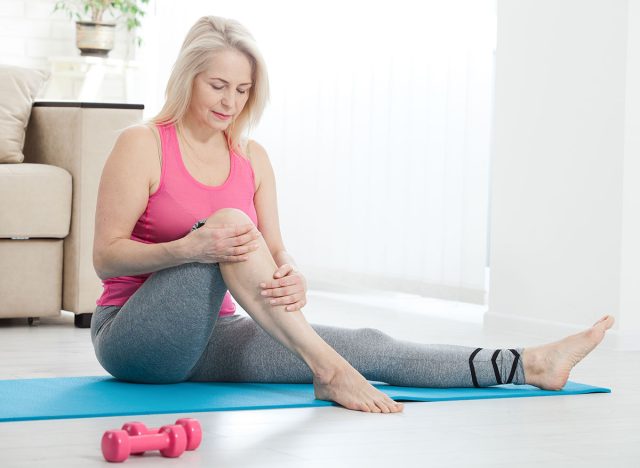
Pain is your body's way of telling you something is wrong, but many people push through joint discomfort, assuming it's just part of aging. Overtraining without adequate recovery can lead to chronic inflammation, cartilage damage, and long-term joint problems.
What to Do Instead:
- Listen to your body if you feel joint pain, modify or stop the movement instead of pushing through.
- Prioritize rest days and active recovery (such as walking, yoga, or swimming) to give your joints time to heal.
- Consider joint-friendly supplements like omega-3s, collagen, and glucosamine to support cartilage health.
Exercise is essential for staying strong and healthy after 50, but the wrong habits can take a serious toll on your joints. By avoiding excessive high-impact movements, focusing on proper form, warming up properly, lifting with control, and respecting your body's signals, you can protect your joints and stay active for years to come. Adjust your routine with these joint-friendly strategies, and you'll not only feel better but also extend your mobility and independence well into the future. And if you enjoyed this article, don't miss How Long Your Walking Workout Should Be To Shrink Belly Fat.








